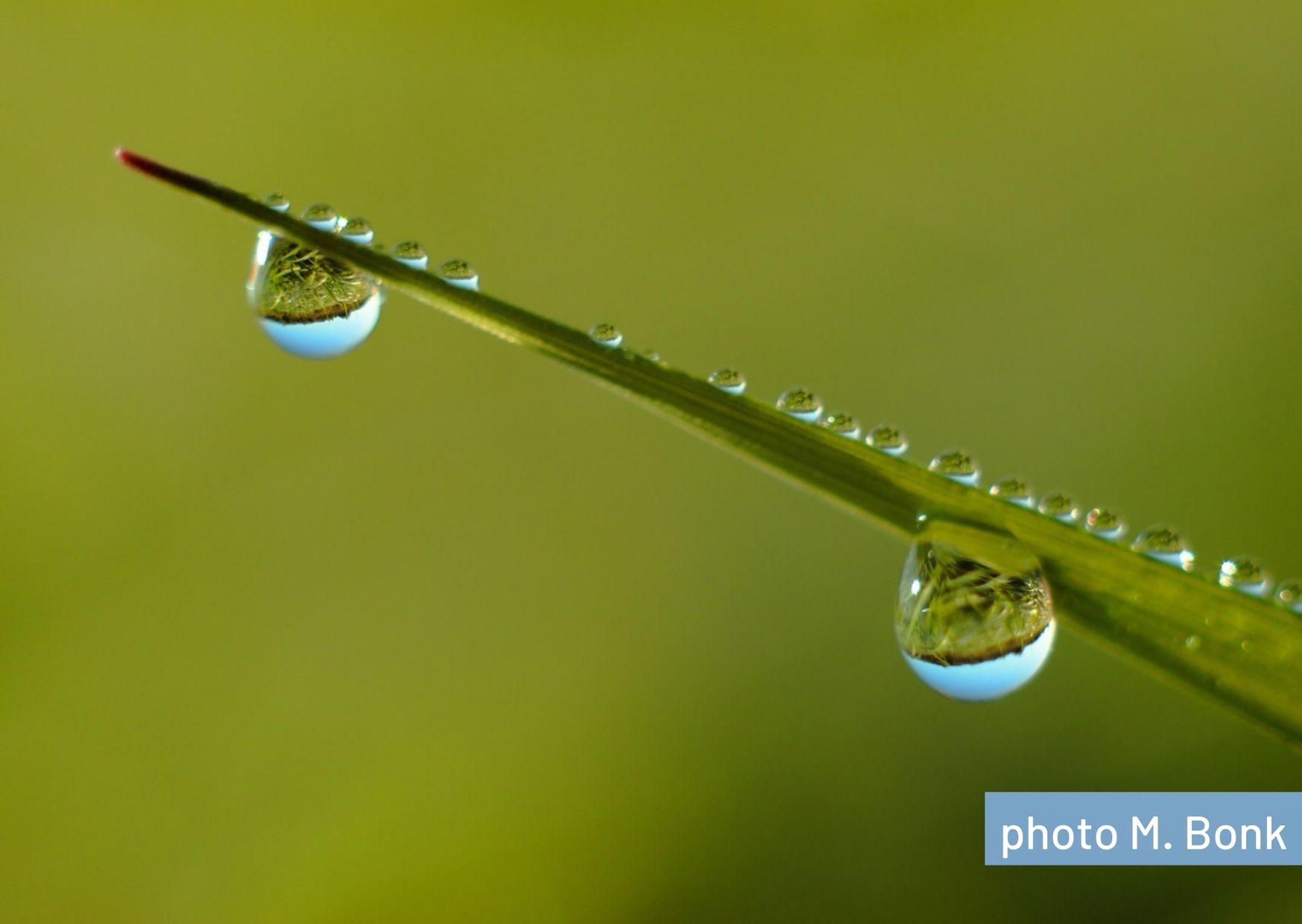 How did the enormous and amazing diversity of organisms inhabiting the Earth originate? This question has troubled people for centuries. However, it took until the 19th and 20th centuries for a satisfactory answer. Then Charles Darwin and other biologists explained that this diversity arose in the process of biological evolution. As with many groundbreaking discoveries, the essence of the process of evolution and its mechanisms turned out to be, at least in general terms, simple.
How did the enormous and amazing diversity of organisms inhabiting the Earth originate? This question has troubled people for centuries. However, it took until the 19th and 20th centuries for a satisfactory answer. Then Charles Darwin and other biologists explained that this diversity arose in the process of biological evolution. As with many groundbreaking discoveries, the essence of the process of evolution and its mechanisms turned out to be, at least in general terms, simple.
All organisms living on earth are descended from one common ancestor who lived about 3.5-4 billion years ago, so they are related to each other. Relationships can be reconstructed in the form of a tree of life. New species arise from existing species, and their features are shaped primarily by natural selection. The principle of natural selection is as follows. Each generation produces more individuals than can survive, because of the limited environmental resources.
Individuals differ from one another in many ways, including those that affect their ability to survive to the age of reproduction and the number of offspring they will produce. We call this diversity of characteristics variability. Because there is heredity, children are, on average, more similar to their parents than to other individuals of the same species. Therefore, the traits of those individuals who left more offspring will spread over the next generations. Differences between individuals may result from differences in living conditions, but these differences, the so-called acquired features are not inherited. Hereditary variability arises from genetic changes during the production of gametes, such changes are called mutations, and they are, broadly speaking, errors in copying genetic information. Most of these random errors will be harmful, but a small fraction of them can improve survival and fertility. Natural selection works like a sieve on mutations, screening out the harmful and promoting the beneficial. The process of adjusting to living conditions under the action of natural selection is called adaptation. Adaptations are also features that arise under the action of natural selection. Selection, acting gradually, can produce very complex adaptations. In such a process, each small change must be beneficial. The selection is limited by the variability that exists at a given moment, therefore we do not expect perfection of adaptations, which could be the result of a well-thought-out engineering design.
In addition to natural selection, chance also plays an important role in evolution, in particular, it shapes many traits at the genetic level, but it does not cause adaptation. The theory of evolution is supported by three categories of evidence: i) observations of evolutionary changes in the fossil material, i.e. in the fossilized remains of organisms that once lived on Earth, ii) similarities in the structure of organisms, indicating their common origin, iii) direct observations of evolutionary changes, including the actions of natural selection in nature and in the laboratory. The theory of evolution is the most important unifying theory in modern biology. As Theodosius Dobzhansky said: "Nothing in biology makes sense except in the light of evolution." The theory of evolution is well documented and its current status is similar to that of other great scientific theories, e.g. the theory of gravity or the theory of the atomic structure of matter. Evolution is a natural process and takes place "beyond good and evil." Therefore, knowledge of the mechanisms of evolution cannot be used to justify ethical or moral choices. The fact that something is "natural" as a result of evolution does not allow to say whether it is "good" or "bad".



